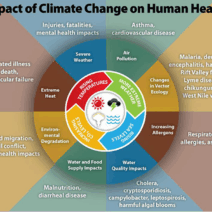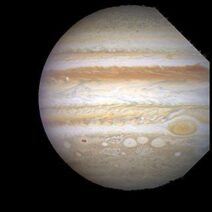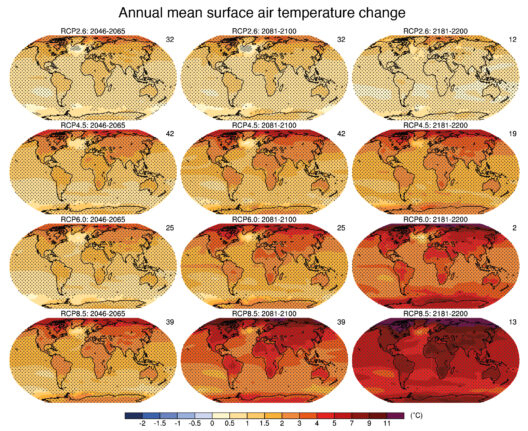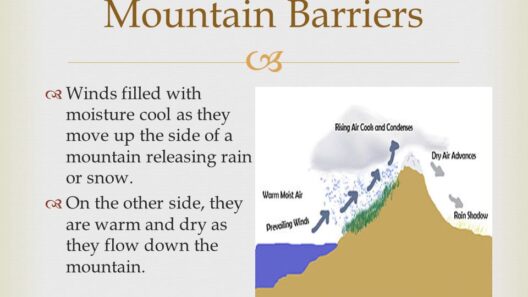Understanding the optimal climate for dairy cows is akin to recognizing the intricate symphony of nature—a delicate balancing act that sustains the pastoral melody of agriculture. Just as musicians fine-tune their instruments to achieve harmony, dairy farmers must calibrate their strategies to accommodate the ever-changing climate, impacting milk production, cow health, and farm sustainability. A multitude of factors converges to create the ideal environment for dairy cows, and navigating these influences is crucial for modern agricultural practices.
First and foremost, temperature plays a fundamental role in dairy cow welfare and productivity. Cows thrive in a comfortable range of 50°F to 70°F (10°C to 21°C), and outside this band, their productivity may suffer. In soaring temperatures, cows experience heat stress, characterized by increased respiration rates, reduced feed intake, and diminished milk yields. To visualize this, picture a musician whose instrument is out of tune; discordant notes result from a lack of harmony. Similarly, when cows suffer from adverse heat conditions, the quality and quantity of milk they produce can plunge, affecting the farmer’s bottom line.
Humidity further exacerbates the challenges posed by high temperatures. The combination of heat and humidity can create a condition known as “heat index,” which can incapacitate a cow’s ability to cool down effectively through evaporative cooling. Imagine a stage beset by fog; the performers become obscured, and the rhythmic flow of music falters. In a similar manner, the performance of dairy cows can decline dramatically under oppressive humidity combined with heat. Dairy farmers must remain vigilant, implementing practices such as shaded barn areas, misting systems, and providing ample fresh water to mitigate these challenges.
Climate variability is another dimension that should not be overlooked. Over the years, climate models predict increasing unpredictability in weather patterns, which can introduce both drought and torrential rain. Droughts impose stress on forage availability and water resources, demanding critical adjustments in feed sourcing and management practices. Conversely, heavy rains can lead to soil erosion, waterlogged pastures, and contamination of water supplies. Here, the difference between a flourishing garden and a barren landscape becomes unmistakably clear. Dairy farmers must be prepared for both extremes, developing strategies for drought resilience through efficient water use and planning for flood impacts through improved drainage systems.
Given this complexity, the choice of pasture cultivation becomes imperative. Perennial grasses, legumes, and other forage species must be chosen not only for their nutritional value but also for their resilience to climatic challenges. The nuances of soil health also demand consideration; rich, organic soils can serve as a buffer against both heat extremes and moisture deficiency. When a farmer cultivates a diverse repertoire, akin to an orchestra maestro selecting varied instruments, they enhance their resilience to climate unpredictabilities. Legumes, for example, fix nitrogen in the soil, enriching the foundation upon which robust pastures can thrive.
A crucial element of climate management involves adapting farm infrastructure. Constructing barns with adequate ventilation and implementing cooling mechanisms can greatly ameliorate heat stress. Just as acoustics are fundamental to an optimal concert hall, so too is airflow vital for dairy barns. Innovative designs that incorporate open ventilation, insulated roofing, and shade structures can create a sanctuary for cattle. Not only do these measures promote dairy productivity, but they also contribute to overall animal welfare, bridging the gap between efficiency and compassion.
Nutrition, too, plays a pivotal role in optimizing climate conditions. Diet selection can significantly impact a cow’s resilience to environmental stresses. Formulating rations that include minerals and vitamins essential for heat stress mitigation can enhance the well-being of dairy cows. It is similar to how a concert’s success relies on the skilled cohesion of each musician’s performance, with every nutrient playing a fundamental role in the health and productivity of the dairy herd.
As climate change progresses, the adaptation into breeding strategies cannot be overlooked. Selecting cattle breeds with greater heat tolerance and adaptability to varied climatic conditions is paramount. Breeding programs should focus on traits that promote resilience, ensuring that future generations of dairy cows are more equipped to face the uncertainties that lie ahead. Much like evolving musical styles to resonate with contemporary audiences, dairy cattle genetics must evolve to thrive in a dynamically changing environment.
Moreover, engaging in climate advocacy and collaborating with research institutions can also facilitate the adoption of innovative practices among farmers. Participation in cooperative networks that share best practices and success stories can invigorate a community of agriculturalists towards a common goal—creating sustainable, effective methods for dairy production amid climate challenges.
In conclusion, the path to understanding the best climate for dairy cows is layered, demanding a comprehensive approach that incorporates temperature regulation, moisture management, soil health, infrastructure, nutrition, adaptable breeding strategies, and community collaboration. It is a multifaceted journey, one that underscores the importance of both scientific insight and the farmer’s intuitive knowledge of the land. As climate conditions continue to evolve, the foresight and adaptability of farmers will play a pivotal role in shaping the future of dairy farming. In this intricate dance between nature and nurture, the role of the dairy farmer emerges as both steward and innovator, crafting a sustainable narrative for generations to come.




